Automakers love to bring back old names to stir up nostalgia. A classic badge instantly grabs attention, and loyal fans often line up with high hopes. The problem is, lightning rarely strikes twice in the car world. While some revivals succeed, many crash under the weight of expectations. From neutered performance to bland styling and questionable market timing, here are ten of the most disappointing car comebacks of all time, with a closer look at what went wrong and what could have been.
Ford Thunderbird (2002)
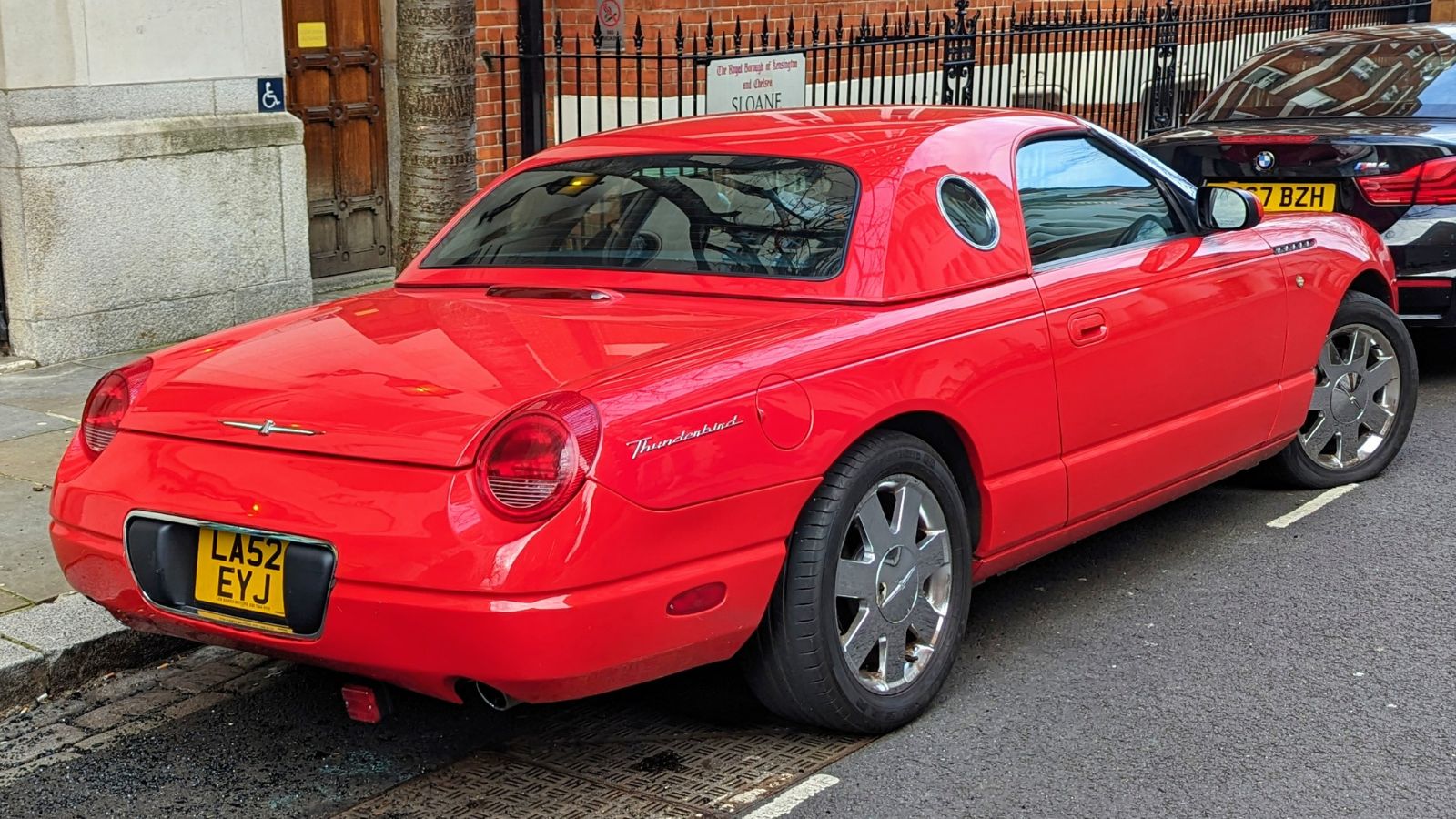
The original Thunderbird was one of the most glamorous cars of the 1950s and 1960s, but when Ford revived it in 2002, the magic was gone. Instead of a powerful, luxurious icon, buyers got a soft two-seat cruiser with a retro design that leaned too heavily on nostalgia. Performance was mediocre, the interior felt dated, and the car struggled to connect with younger buyers. If Ford had paired the retro styling with serious horsepower and a sharper chassis, the Thunderbird could have been a Mustang alternative with class. Instead, it fizzled and vanished after only four years.
Dodge Dart (2013)
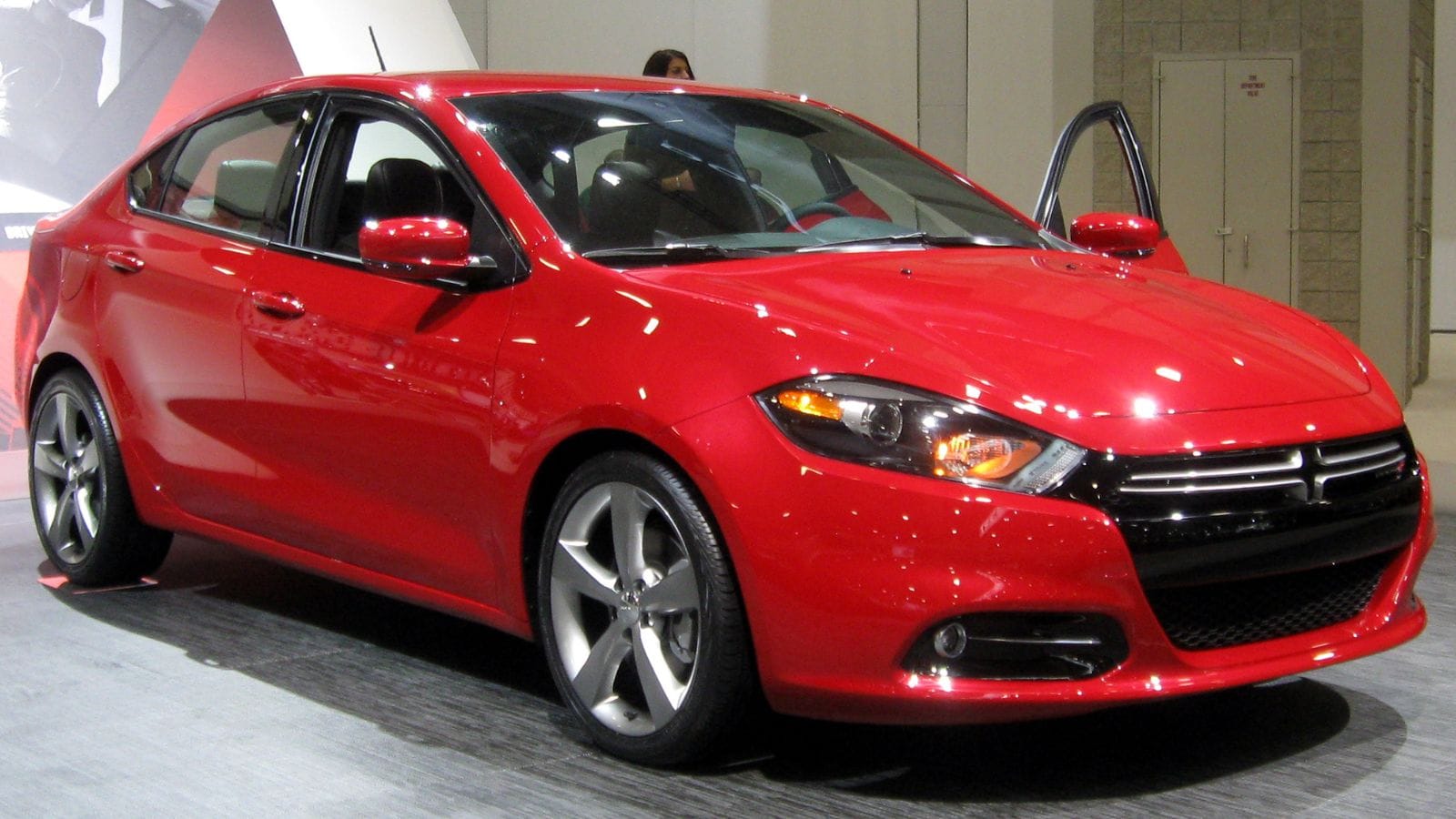
The Dodge Dart name carried muscle-era credibility, but the 2013 reboot landed with a thud. Built on a Fiat platform, it was marketed as a stylish compact sedan, but it lacked power, refinement, and excitement. While the name suggested muscle car DNA, what buyers got was a forgettable small sedan that could not compete with Honda or Toyota. If Dodge had leaned into its muscle heritage and delivered a turbocharged performance model, the Dart might have had a fighting chance. Instead, it became an awkward reminder that not every name deserves a comeback.
Chevrolet Camaro (2009)
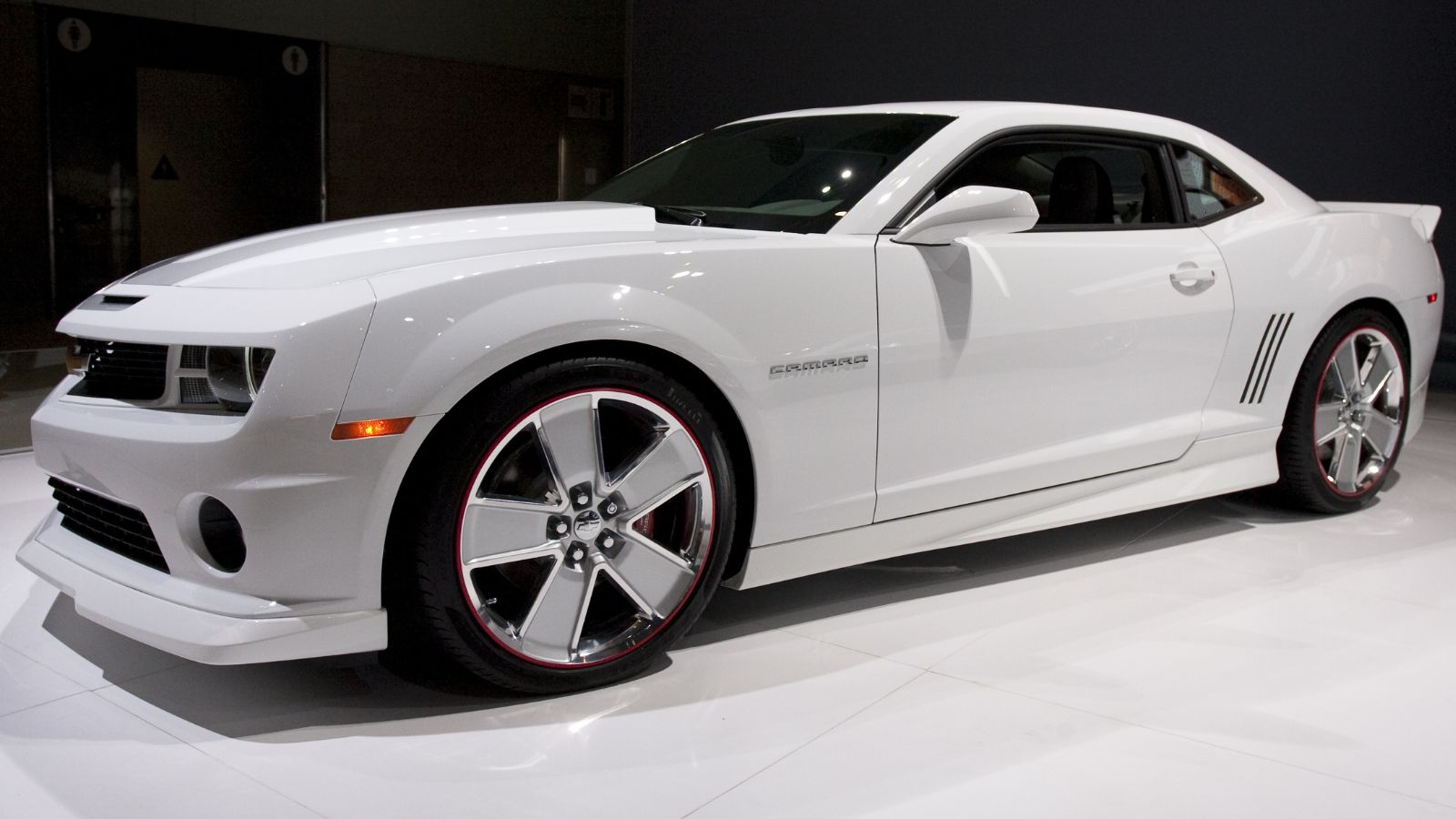
On paper, the Camaro revival should have been a slam dunk. It had muscular retro styling and plenty of horsepower. But the reality was not as good. Early models were heavy, visibility was terrible, and the interior felt cheap compared to rivals. Fans expected something sleek and raw, like the first generation Camaro, not a muscle car with the manners of a blunt instrument. The Camaro eventually improved in later versions, but the 2009 launch left a lot of people wondering if Chevy was more interested in movie tie-ins than making a proper driver’s car.
Mitsubishi Eclipse Cross (2018)
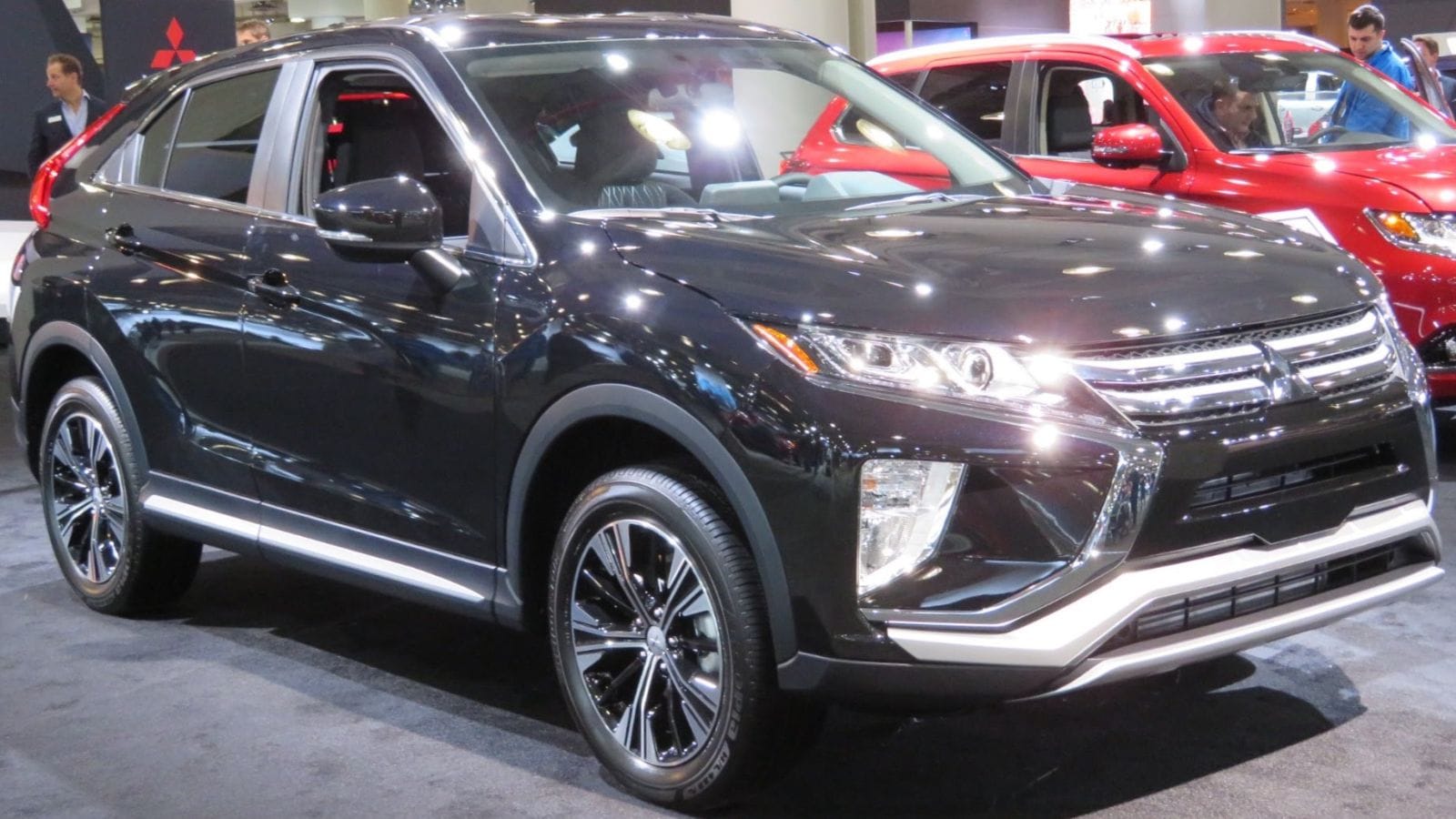
Fans of the Mitsubishi Eclipse remember it as a tuner icon of the 1990s, with turbocharged engines and all wheel drive that made it a legend in the import scene. When Mitsubishi revived the name for a small crossover, enthusiasts were horrified. The Eclipse Cross had none of the performance pedigree and instead blended into a crowded SUV market. Using the Eclipse name on a family hauler felt like an insult to the original. If Mitsubishi had instead revived the Eclipse as an affordable rear wheel drive sports coupe, it could have rekindled the flame. Instead, the crossover was a marketing misfire.
Lincoln Continental (2017)
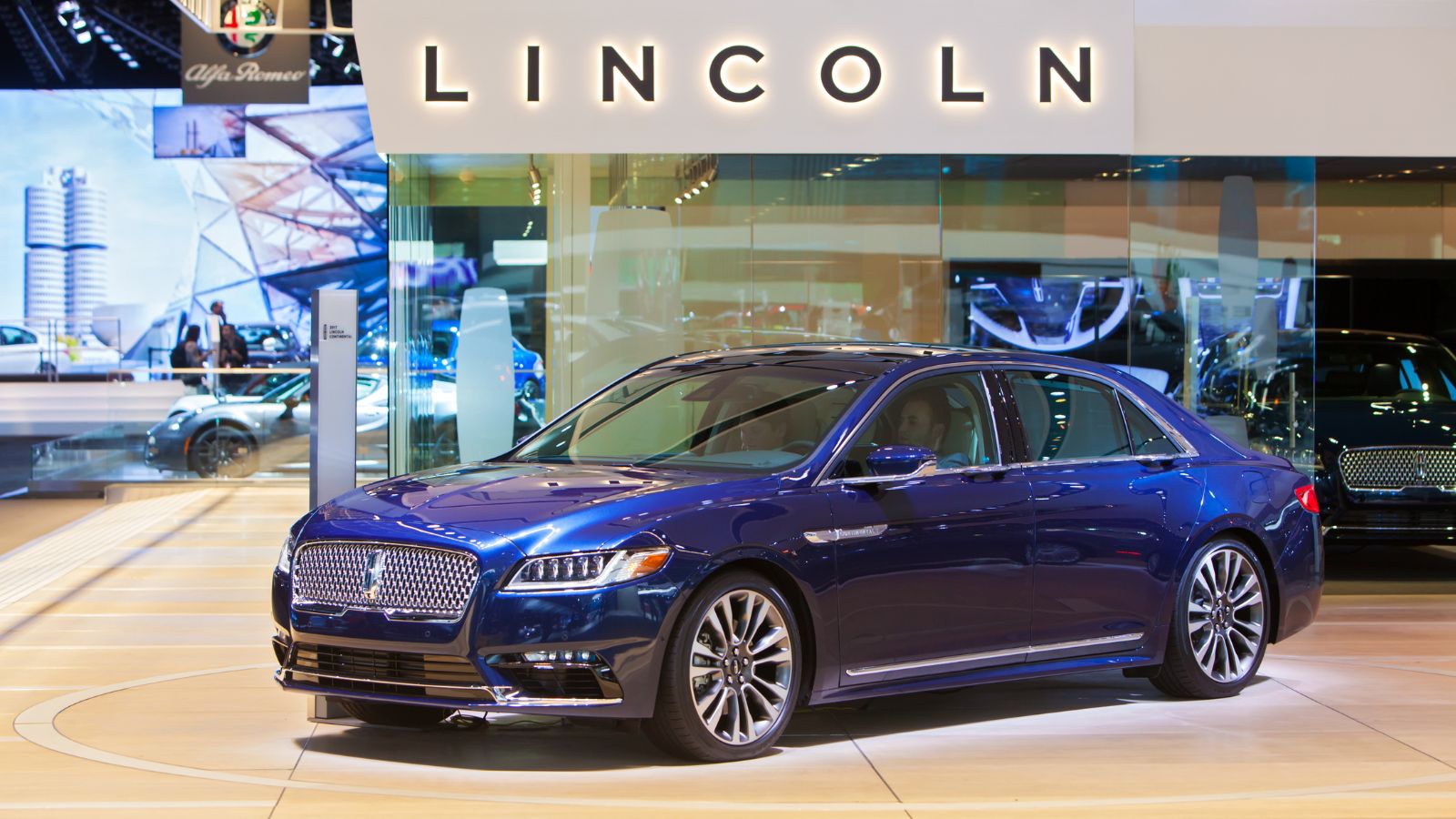
The Lincoln Continental was once America’s answer to European luxury sedans, with a presence that made it iconic in the 1960s. When it returned in 2017, the design was handsome and understated, but it lacked the bold character and engineering innovation that defined the original. It felt like a nice Ford with more chrome, and while comfortable, it failed to stand out against Cadillac, Lexus, or German rivals. If Lincoln had given the Continental a dramatic design statement, a rear wheel drive platform, and powerful V8 engines, it might have restored its reputation. Instead, it was quietly discontinued by 2020.
Chevrolet Malibu (1997 Revival)

The Malibu name carried weight from the muscle car era, but when Chevrolet brought it back in the late 1990s, it was attached to a bland, mid-size sedan. The revival leaned entirely on the name while delivering nothing special under the hood. It was meant to fight the Toyota Camry and Honda Accord, but it came across as average at best, leaving enthusiasts wondering why Chevy bothered to use such a legendary name. If Chevy had injected some muscle into the Malibu, perhaps with performance trims to honor its past, it could have stood out. Instead, it became the definition of ordinary.
Pontiac GTO (2004)
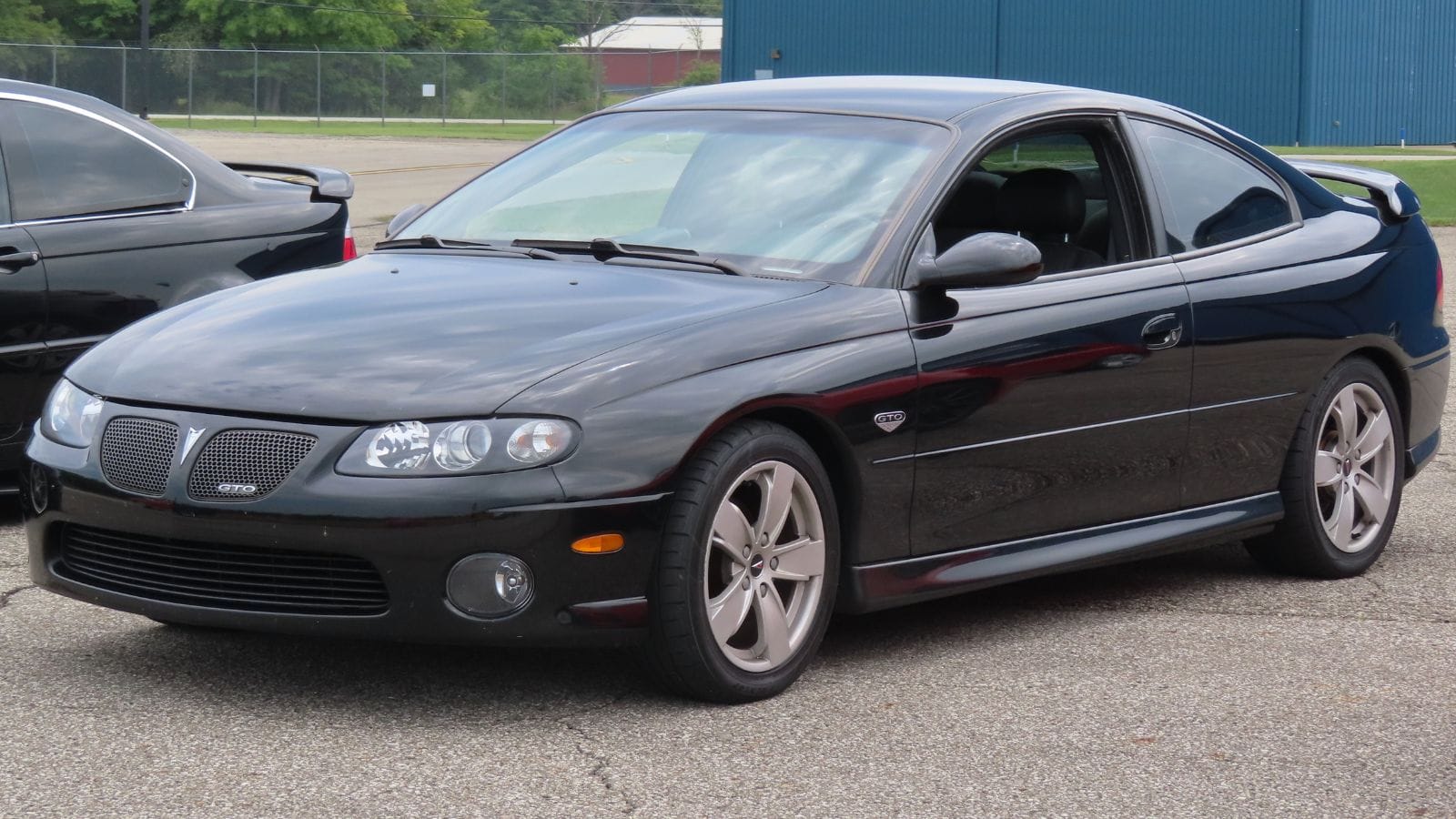
The Pontiac GTO defined the muscle car movement in the 1960s, so when GM revived it in 2004, expectations were sky-high. Instead of an aggressive American bruiser, buyers got a rebadged Australian Holden Monaro. While it had a powerful V8, the styling was bland, and it looked more like a rental car than a street dominator. Enthusiasts wanted flared fenders, bold lines, and a design that screamed muscle. If GM had given the GTO a body that matched its performance, it might have lived up to the badge. As it stood, it lasted only two years before fading away.
Acura NSX (2016)
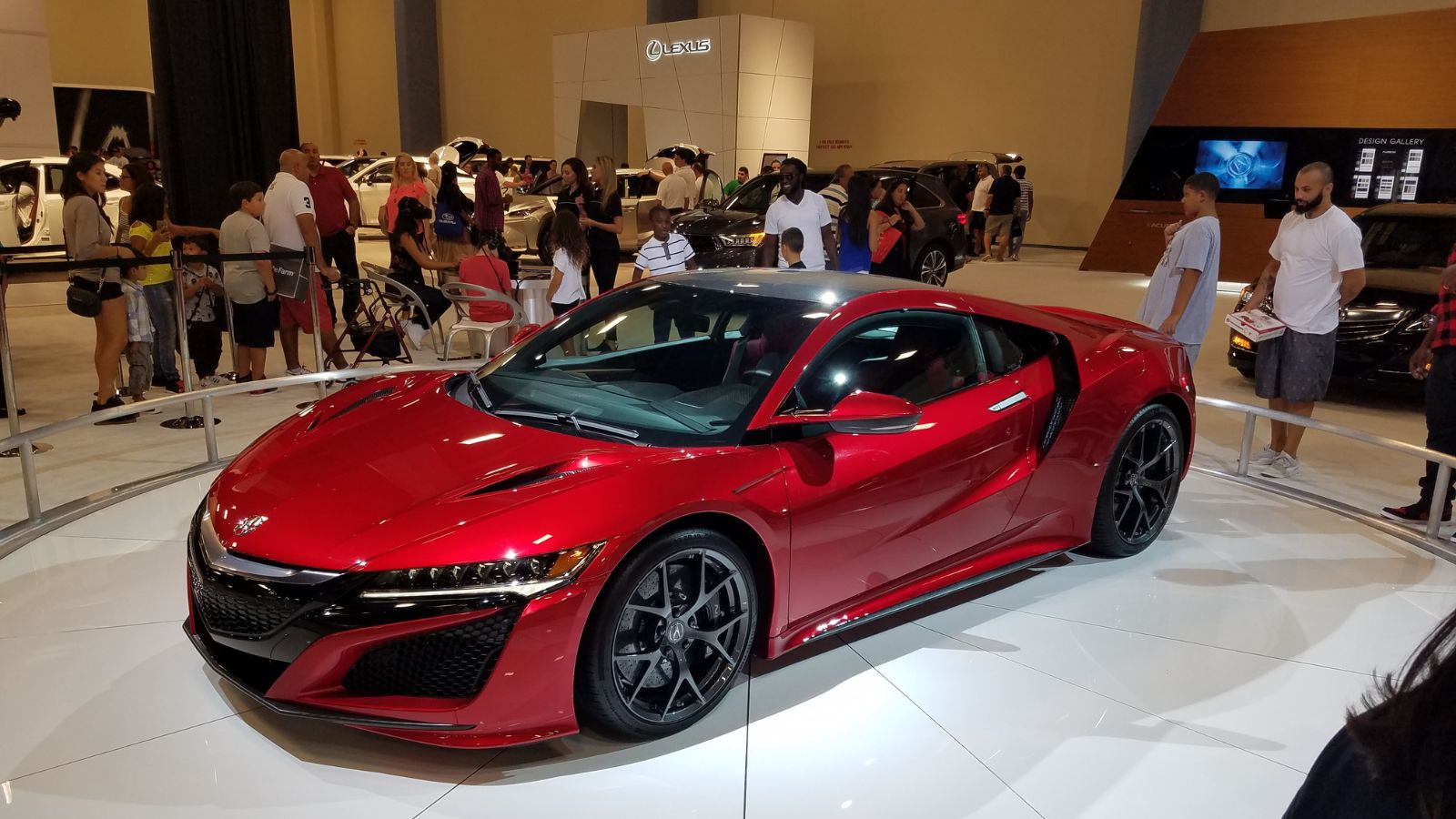
The original NSX was groundbreaking in the early 1990s, combining Honda reliability with Ferrari-like performance. The 2016 revival promised a modern supercar, but it missed the mark. It was loaded with tech, hybrid systems, and turbocharged engines, but it felt heavy, overly complicated, and lacked the pure driving feel that made the original beloved. Buyers looking for a spiritual successor found themselves disappointed with what felt more like a science project. If Acura had stripped it down and focused on lightness, precision, and mechanical simplicity, the NSX could have ruled again. Instead, it became a curious footnote in supercar history.
Chrysler 300 (2005 Revival and Beyond)
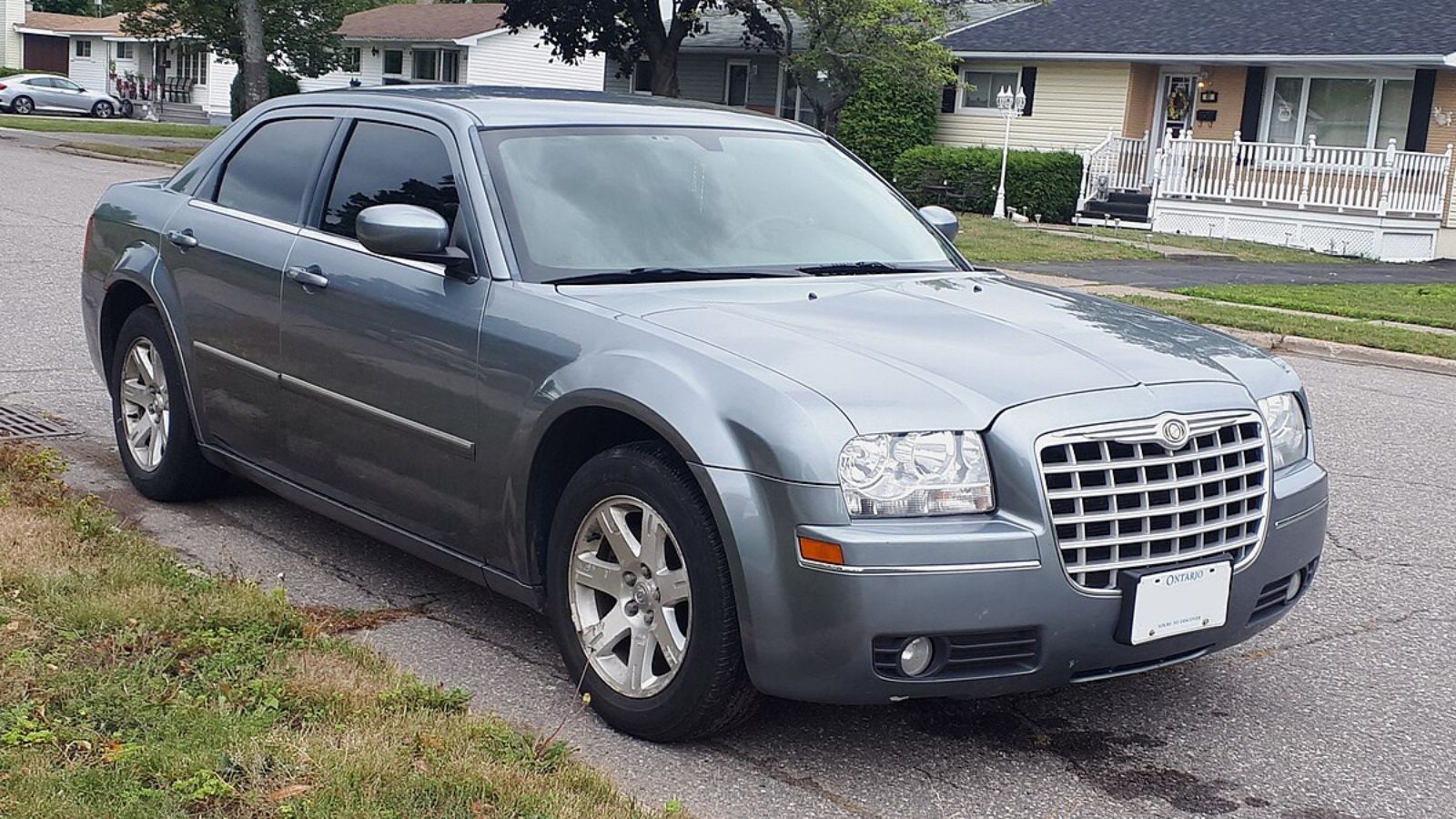
The Chrysler 300 made a splash when it returned in 2005 with bold styling and available Hemi power. At first, it seemed like a win. But as years passed, the car stagnated. Cheap interiors, poor refinement, and lack of updates left it feeling outdated. The initial excitement wore off quickly, and while it hung around for years, it became a reminder of Chrysler’s struggle to keep pace rather than a symbol of strength. If Chrysler had continued evolving the design and kept it competitive with luxury rivals, the 300 might have kept its swagger. Instead, it limped along until it faded into obscurity.
Jaguar XJ (2009)
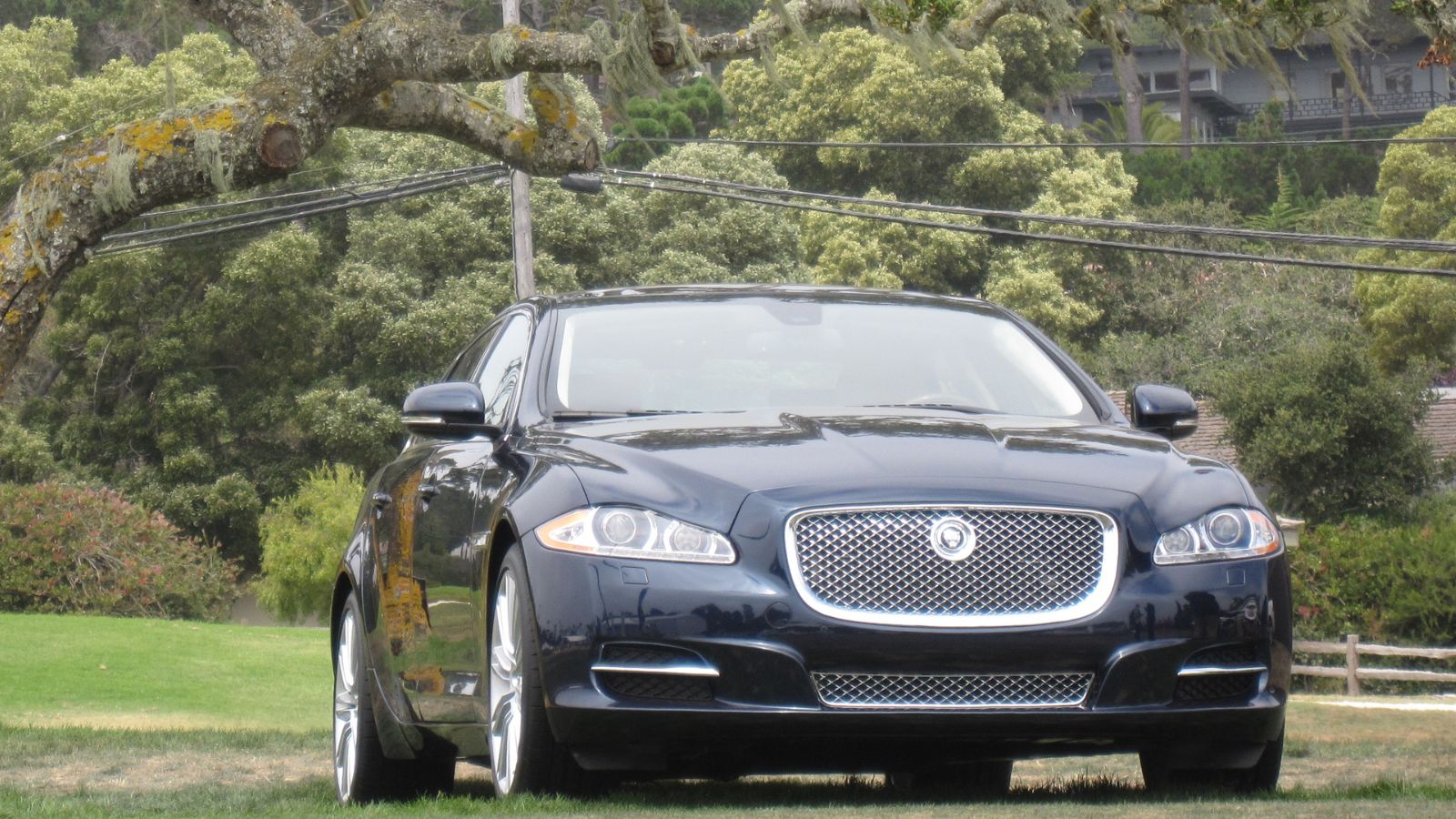
The Jaguar XJ was always a symbol of British luxury and elegance, but when Jaguar introduced its modernized version in 2009, the design shocked traditional buyers. The sleek, futuristic look lost the classic British charm, and while it had strong performance, the soul of the XJ was gone. Fans who loved the long hood, upright grille, and unmistakable Jaguar profile were left cold. If Jaguar had blended modern tech with classic style, the XJ could have kept its place at the top of the luxury world. Instead, it alienated its base and left the XJ’s legacy fractured.
25 Facts About Car Loans That Most Drivers Don’t Realize

Car loans are one of the most common ways people fund car purchases. Like any other kind of loan, car loans can have certain features that can be regarded as an advantage or a disadvantage to the borrower. Understanding all essential facts about car loans and how they work to ensure that you get the best deal for your financial situation is essential. Here are 25 shocking facts about car loans that most drivers don’t realize:
25 Facts About Car Loans That Most Drivers Don’t Realize
